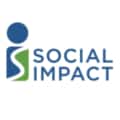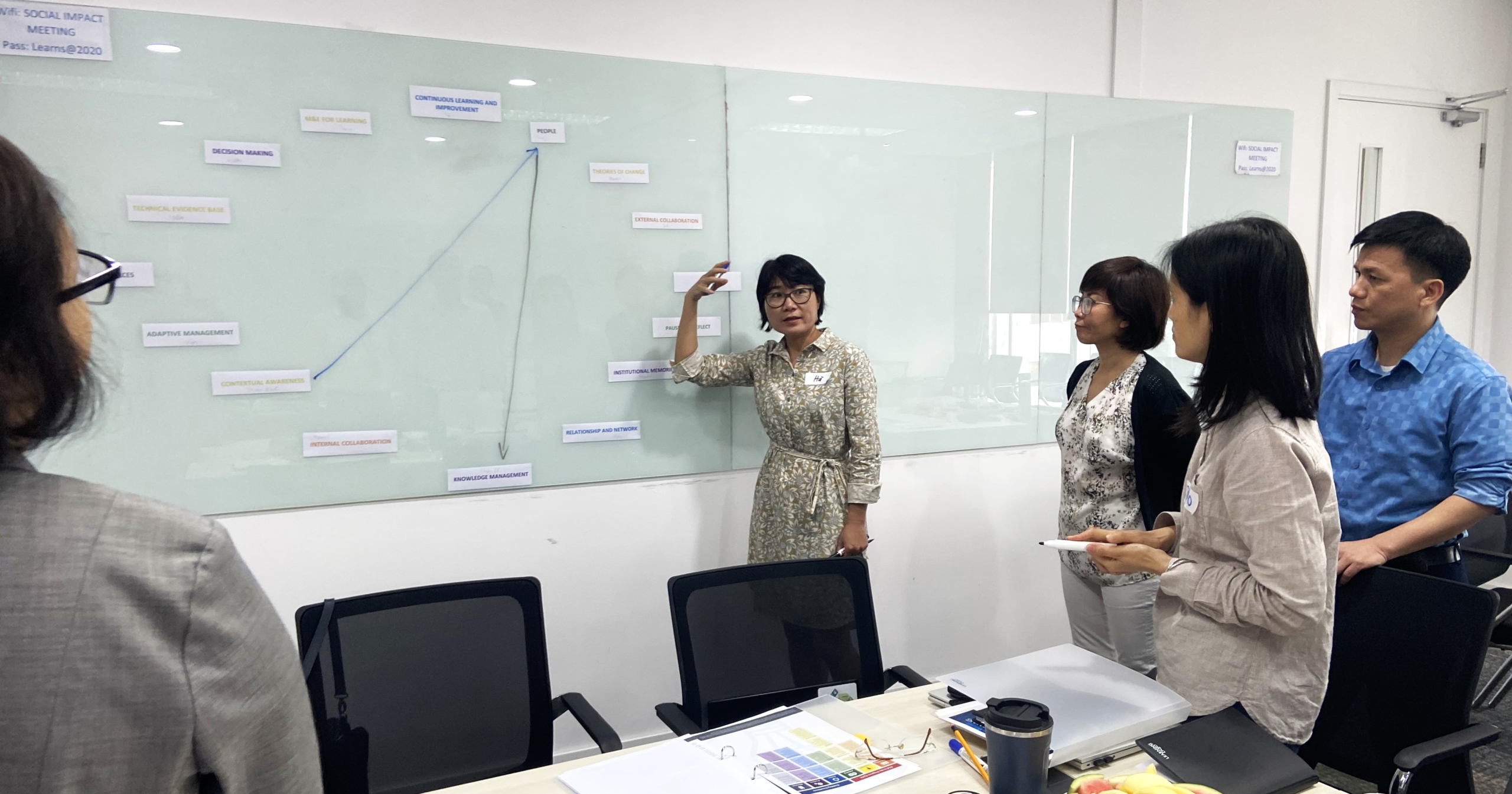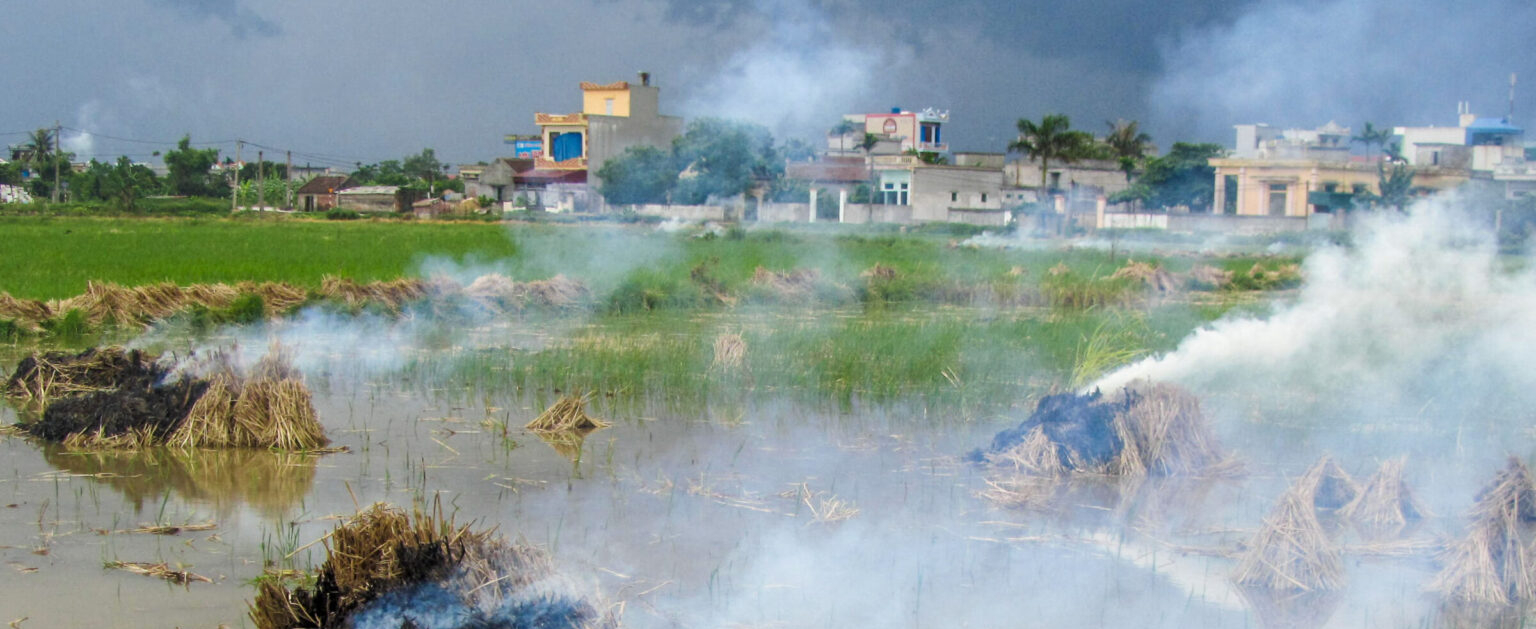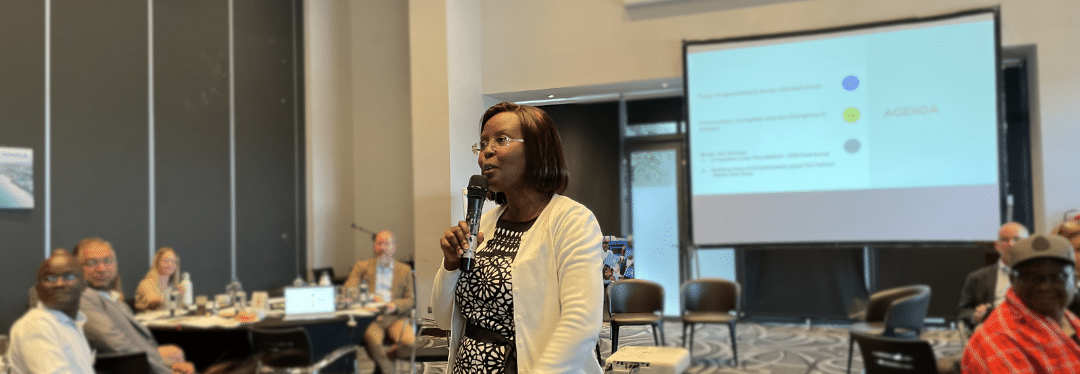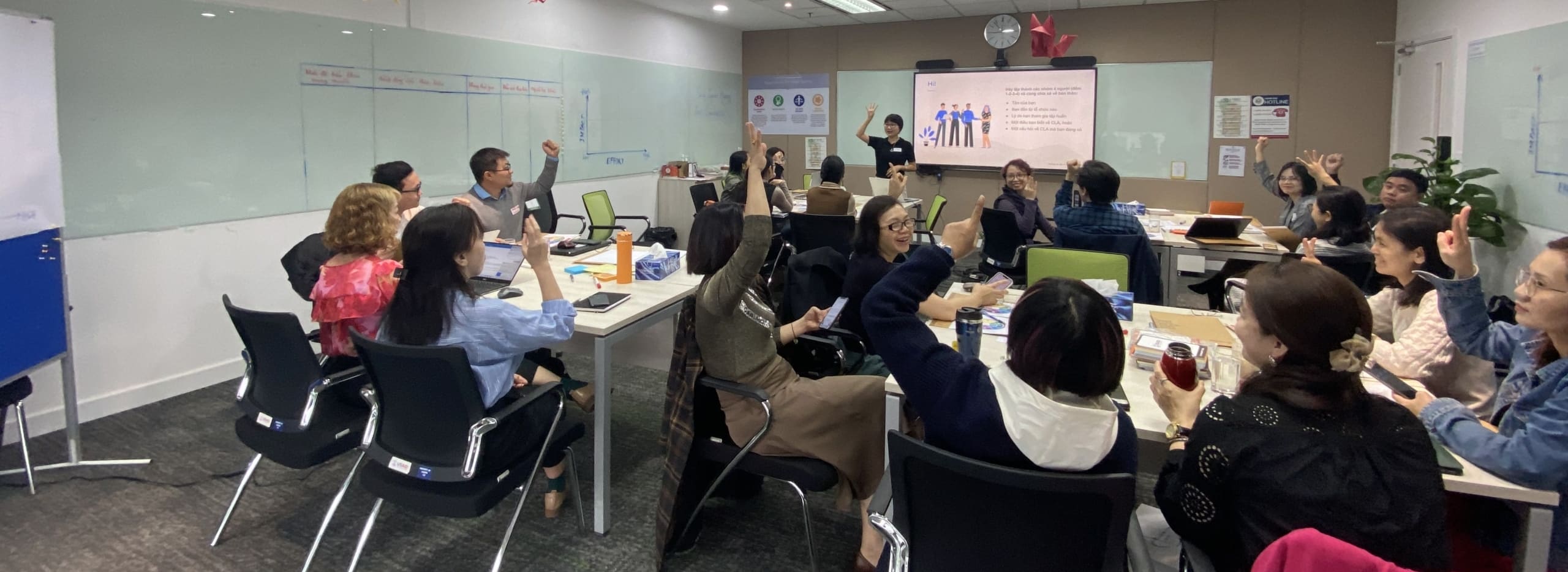This is the first blog of our 12-month series on deep dives into BRIDGE 2.0. Check out our year end blogs on what we learned and actions organizations can take to advance equity and inclusion. Benchmarking Race, Inclusion, and Diversity in Global Engagement (BRIDGE) is an institutional survey that assesses the state of diversity, equity, and inclusion in the global development sector. Read the full report: BRIDGE 2.0 report.
As we come to the end of the first month of 2024, we are often reminded how challenging change can be. For many of us, our New Year’s resolutions to eat healthier or exercise more were put on hold because of a sudden work trip, family responsibilities, or any of the competing priorities in our lives.
Organizations are no different. Although we plan for ways to create healthier organizations, sudden and urgent needs inevitability take over and we lose our footing. As we see in the BRIDGE data, global development organizations are getting stuck in their initiatives to advance diversity, equity, and inclusion (DEI). This is often not due to a lack of will or interest in DEI, but the constant challenge of progressing from planning to action. As development practitioners, we are excellent managers, implementors, facilitators, learners, analysts, strategists, and coordinators. We can execute projects around the world, across multiple time zones, and in a variety of languages. Yet, turning our skills inward to our organizations is easy to brush aside due to the fast-paced and demanding nature of our projects.
The BRIDGE survey and our follow-on events have prompted organizations to ask: What do we do? How do we move from planning to action with our DEI efforts?
Of course, there is no silver bullet. DEI efforts are efforts to change behaviors, attitudes, and cultures. This is hard work; it takes time to see results and requires continuous adapting. Even so, it is something for which we can plan, cultivate, and apply tried and tested best practices.
What can your organization do?
The ADKAR model, by Prosci, is a simple and effective method to manage change and is codified in the USAID’s ADS. Organizations that effectively apply this method are seven times more likely to meet or exceed expectations on their change initiative compared to organizations that do a poor job applying change management. Additionally, thinking through the people side of management reduces the costs of enacting this change, which for DEI efforts is often from overhead finances and requires senior executive labor to achieve.
At its core, the ADKAR model, or change management more broadly, is the process of managing the people side alongside the project management. To do this, consider the below:
Identify who’s who for your DEI change initiative:
- Leadership: Who is the executive within your organization who is leading this DEI initiative? Do they have the time? Do they have the will? Do they have the decision-making authority? What specifically do they need to do to drive this change?
- Supervisors/People-Managers: Are the supervisors aware of the DEI initiative? How do they share information with their supervisees? Do they have guidance on why the change is happening and how it will affect their supervisees?
- Change Maker: Who is managing the people side of the DEI initiative? This person may be the same as the person managing the implementation DEI initiative. The change maker needs the time, resources, and decision-making authority to manage the change process.
The ADKAR process for your DEI change initiative:
- Awareness: Are the people within your organization aware of the DEI initiative? Consider multiple channels to keep people informed, why it is happening, and what their role is in this effort.
- Desire: As an industry, we are filled with mission-driven people. DEI initiatives are usually welcomed and encouraged. However, the specific strategy may come with growing pains, questions, and disagreements. Every single person does not need to be enthusiastic about the change, but there needs to be acceptance, humility, and willingness to confront hard truths even about ourselves. Importantly, leadership needs the individual will to drive DEI forward to ensure it is a continued priority.
- Knowledge: Do the right people have the right skills to enact the DEI initiative? Whether it is creating equitable hiring practices, changing contract procurement practices to include underrepresented groups, or updating IT systems to include non-binary genders, DEI initiatives require specific knowledge. Let the project managers focus on developing the new hiring practice guidance, but as a change practitioner, ensure that interviewers and supervisors are given the knowledge that they need to utilize the updated equitable hiring practices. As organizational decision-makers, it is critical to also trust that your staff can gain the necessary knowledge and will apply this knowledge to advancing DEI.
- Ability: Right alongside knowledge is ability. Training can be provided, but training also needs to be applied. Did the supervisors participate in the training? Do the interviewers feel that they can use the new equitable hiring practices? Just as you trust your staff to gain knowledge, trust that they can also gain the necessary skills and abilities to advance DEI. It is a team effort.
- Reinforcement: We are an industry of perfectionists who work in challenging environments. Our group reflections are often focused on how we can improve – because there is always room to grow. While critical, it is also important for us to celebrate the wins. Sometimes these wins are small, but they should still be recognized. When you come to the end of your DEI change plan, celebrate it! Have a party! Write a thank you card. Consider how your team feels appreciated and reinforce that the changes made will stick.
To create your own change management plan, click the template here.
The method is simple but change for DEI is not easy. Use this template, reflect on your DEI initiatives, or create new ones, and think through your change team and ADKAR process. How can you align your DEI work with ADKAR? Your organization may still get stuck, but you will be further down the road on your DEI journey than you were before. Change is hard but it is necessary and always possible.
______
Brooke Hill co-leads Social Impact’s Equity Incubator a learn-do initiative that works at the intersection of data, learning, equity, and inclusion. She serves as the technical lead of BRIDGE and Project Director of the Managing Agency Priorities mechanism which supports equity, inclusion, and organizational development within USAID. She is a Senior Program Manager in SI’s Strategy, Performance, and Learning division and a certified Prosci Change Management Practitioner.

